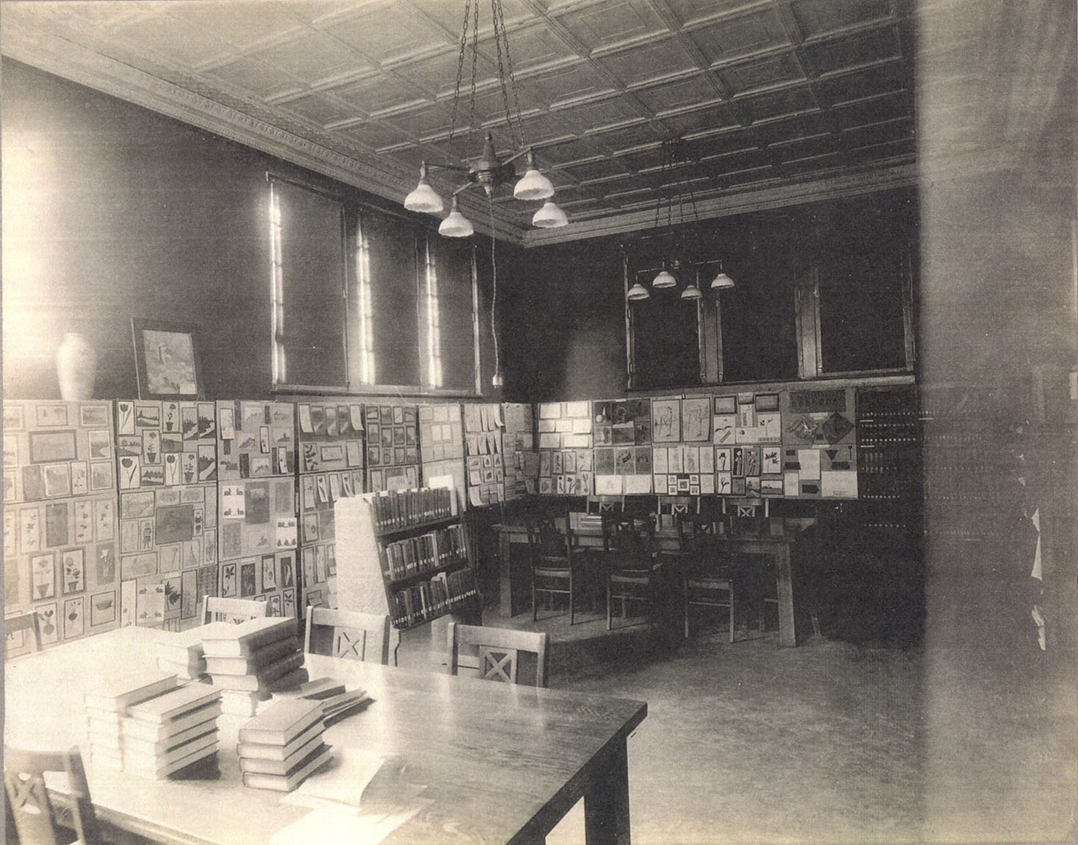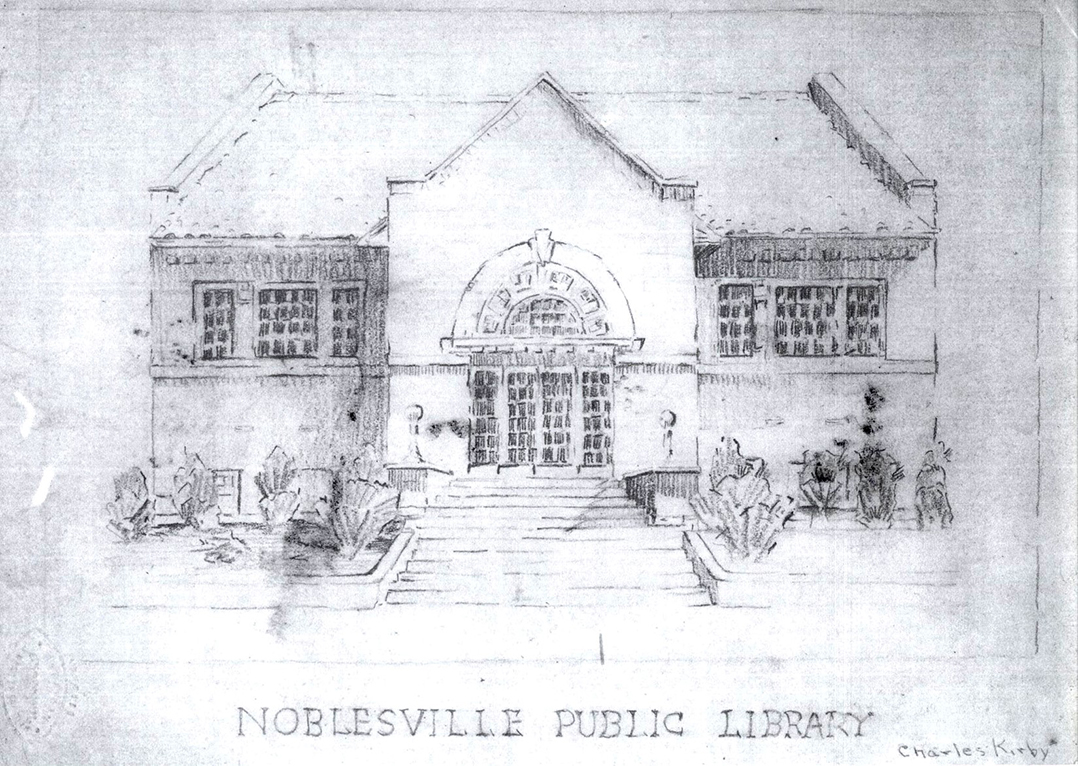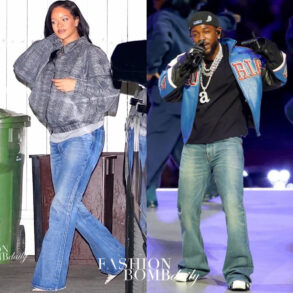As Hamilton County’s bicentennial approaches, Current asked county Historian David Heighway and Kurt Meyer, who specializes in historic homes, to give their insight into four of Noblesville’s most interesting figures and moments.
What follows are brief histories of the people and events that helped shape Noblesville’s transformation from a tiny rural town to Indiana’s ninth-largest city with a population of nearly 73,000 people.
Noblesville, platted in 1823, is the county seat.
THE D.C. STEPHENSON TRIAL
In the 1920s, Heighway said the Ku Klux Klan had a major presence in Indiana. Noblesville received national attention in 1924 when the group’s Indiana leader, D.C. Stevenson, was on trial for kidnapping, raping and killing a woman.
Heighway said the city was steadily in the news, and people questioned whether a jury in Noblesville could be objective because Noblesville was known as a Klan community.
A jury, however, found Stephenson guilty of second-degree murder.
Meyer said the verdict didn’t change people’s racist attitudes overnight, but it was the beginning of a change in culture.
“The general public and people who had been involved in that group were revolted by what was revealed in that trial, and it led to sort of a mass reevaluation of beliefs and attitudes,” Meyer said. “And that led people to step away from that organization.”
THE WILLIAM-CRAIG HOUSE
Located on Conner Street, the William-Craig House is a Romanesque Revival and Queen Anne-style home built in 1893, according to the Noblesville Preservation Alliance.
In the 1980s, a church wanted to demolish the historic house to make a parking lot. Meyer said its preservation changed people’s attitudes about protecting historic architecture. Had the house not been preserved, Meyer wonders what would be left of the Historic Downtown Square.
“I’m well-known for saying that Indiana, or that America, is an amnesiac culture,” Meyer said. “We’re constantly forgetting where we were and not caring about the past. So, anywhere in downtown Noblesville that you see a parking lot, there was something really cool there, something that if you saw a picture of what was there, it would break your heart.”
A member of the Noblesville Preservation Alliance bought the house and moved it across the street to preserve it.
“I think you could say that (the moving of the William-Craig House) made a big difference to a lot of people,” Meyer said. “Look at downtown Noblesville, what a cool place. Well, it’s a cool place because of the preservationists who were ready to lay down in front of bulldozers.”
NORMAN NORRELL
Norman Norrell was a gay, Jewish fashion designer in the ‘50s and ‘60s in New York City. His designs were worn by Jackie Kennedy, Judy Garland and Marilyn Monroe, according to the Indiana Historical Bureau.
But before he became a renowned fashion designer, he was born in Noblesville in 1900 and lived in the city until he was 7 years old.
“Most people, when they come to me and ask about history and famous people and things like that, they’re expecting sports heroes or military or something like that,” Heighway said. “And I tell them, ‘Well, there’s this fashion designer, that’s our famous person,’ and it’s kind of a shock and some people are not terribly comfortable with it, but it’s an interesting thing.”
Heighway said Norrell was unashamed of being from Noblesville when he became famous in the fashion industry. When a fashion writer asked how a sophisticated and talented artist could come from such a small town in Indiana, Norrell wrote to a local paper saying he loved Noblesville and had great memories of his childhood.
Meyer said Norrell wasn’t someone who changed the course of history but made a huge impact in the fashion industry after he left Noblesville.
“He’s more, I guess, significant as a local son, who went off and made good in the world,” Meyer said.

THE NOBLESVILLE CARNEGIE LIBRARY
Heighway said literature and the arts have always been an important part of Noblesville’s culture. The creation of the Carnegie Library in the city was important because it was evidence of that culture, he said.
In the 1850s, Heighway said Noblesville didn’t have a dedicated library building. Libraries operated out of storefronts. However, in 1911, Andrew Carnegie, an American industrialist and philanthropist, was donating money for cities to create Carnegie Libraries.
The Noblesville librarian at the time was Lulu Miesse, and she spearheaded the effort to establish a Carnegie Library in the city.
Construction of the library required the purchase of land. Miesse petitioned the city council to acquire the land but her request was ignored.
“You didn’t really ignore Lulu Miesse, that was a bad idea,” Heighway said. “She was a very strong-minded woman.”
Heighway said Miesse organized several women’s groups into one big group of approximately 300 women and held a meeting at the county courthouse to say she “wanted a library and wanted it now,” he said.
By the end of that week, the city council voted to give Miesse some land for the Carnegie Library.
The location of the Carnegie Library is the current City Hall building, Heighway said. There is a little corner brick labeled “1913” that is the shell of what the Carnegie Library was.

Facts about Noblesville
- Noblesville was the first city platted and created in Hamilton County. It was platted in 1823 and became a city in 1887.
- Noblesville is the third largest community in Hamilton County. The population is expected to double around 2025.
- Noblesville experienced a wave of growth in the 1950s.
- Noblesville has the longest continuously running Shakespeare in the Park program in central Indiana.
This post was originally published on this site be sure to check out more of their content.









